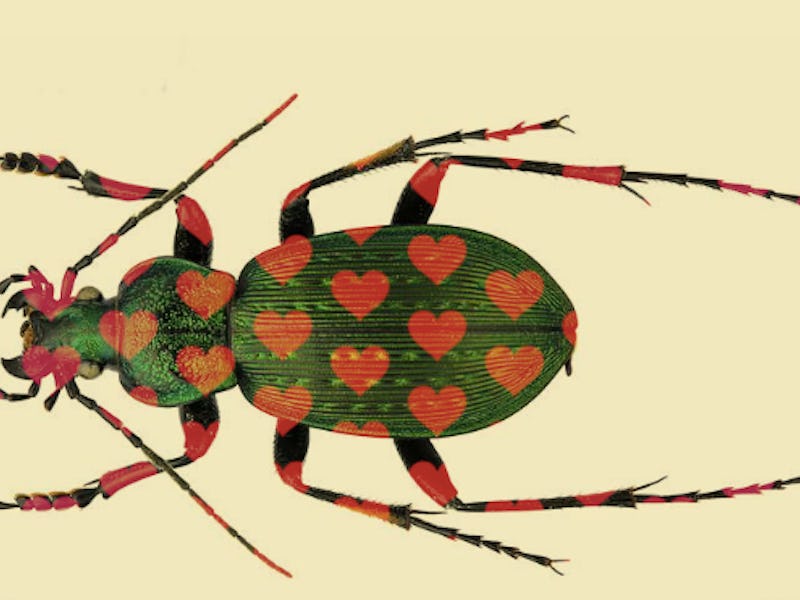Males With Long Genitals Spur Demise of Entire Population in New Study
Selfish sex is bad sex, no matter what the species.

The “battle of the sexes” usually refers to a conflict of gender, but a different, biological sex battle has been ongoing for millions of years. “Sexual conflict,” as scientists call it, describes the awkward situations in which males and females of a species have different genetic interests — and thus conflicting reproductive strategies. In other words, males want to do it one way, and females think that way is less than enticing. This means much more than just bedroom drama, according to a new study: It can spell out the demise of an entire population.
The ground beetle Carabus insulicola is no stranger to sexual conflict. The focus of a study published in the September issue of the journal Evolution, the males of this endemic Japanese species impose “selfish actions” on females with their large genitalia. On Friday, Kobe University scientist Yasuoki Takami, Ph.D. explained that studying the sexual conflicts of these beetles can help researchers “improve our methods of gauging the survival chances of animal populations.”
The differences in male and female beetle bits represents an evolutionary tug-of-war. The genitalia of male beetles — shaped like a hook — can vary in size, while that of female beetles is a smaller “pocket”. What the team found is that long male genitalia cause females to release unfertilized eggs wastefully during reproduction; after all, about 20 to 40 percent of those wasted eggs could have been fertilized.
Nevertheless, this is a good move for the male beetle, who wants nothing but reproductive success and for his rivals to fail, and bad news for the female beetle and the population as a whole
It’s not a nice time for the female beetles. The study authors write that “a morphological mismatch between a long [copulatory piece] and a short [vaginal appendix] is expected to result in female fitness costs because the male organ can physically harm the female genitalia.”
See also: Big genitalia can come with other repercussions as well:
Beetle populations are evolving because of this sexual conflict. Some female beetles have evolved their own longer genitalia, which makes egg release less likely and fertilization even more difficult. Unsurprisingly, this “antagonistic male-female relationship” is causing a negative impact on their populations as a whole. When the scientists observed the relationship between male and female genitalia length and population sizes, they found that in regions in which male genitalia is commonly long and that of females is short, the beetle population has dropped dramatically.
Saving these populations will require striking a sexual balance. The authors write that “population size and the female reproductive rate will increase when the female counter-adaption has the upper hand over the male manipulation and vice versa.” If this doesn’t happen, females will likely turn to “unfamiliar males” and ditch the long-genitalia-having boys.
Harassing females lowers reproduction rates and reduces population size.
In a 2005 paper, a team of different scientists explained in Cell that both sexes could achieve higher fitness if partners could “agree” on a strategy for doing so. This, in some ways, is what defines a healthy, human relationship: When sexual desires are defined, sex can be a mutually beneficial experience. The scientists admit in the paper, however, that “divergent evolutionary interests of the sexes means that their optimal strategies for maximizing fitness rarely coincide” and “sexual conflict is inevitable and ubiquitous because the evolutionary interests of males and females never exactly coincide.”
The “winner,” if you can call it that, depends on which sex evolved to be better equipped for this sexual arms race. Female ducks, for example, evolved to have complex, corkscrew-shaped sex organs to thwart unwanted sexual advances, and male ducks can’t become erect outside of a female duck’s vagina. That’s what works for them — for now.
We’ll see what will happen to the genitalia of Carabus insulicola beetles down the evolutionary timeline — that is, if they continue to exist at all.